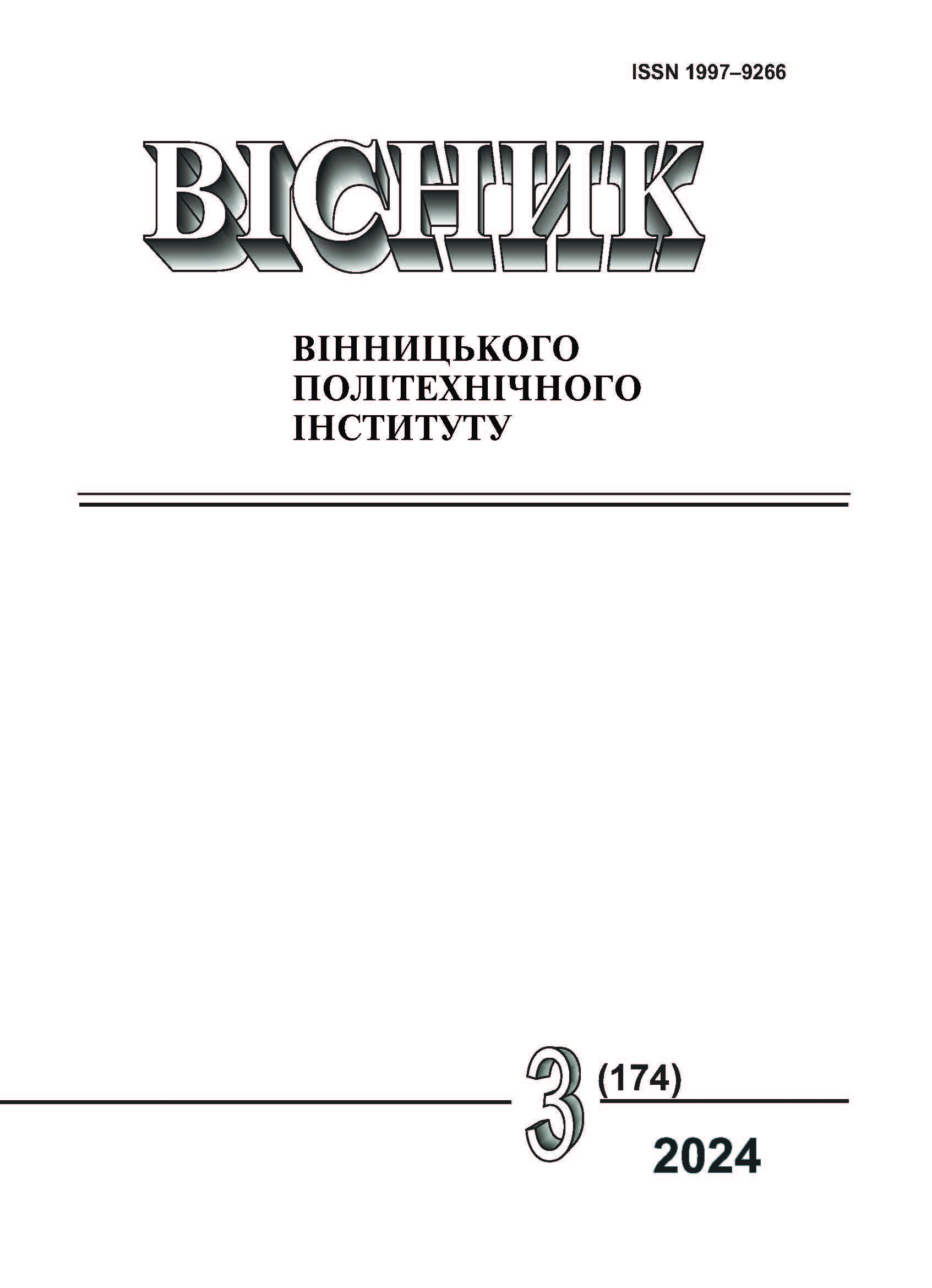Comparative Analysis of Nyquist Window Functions in OFDM System
DOI:
https://doi.org/10.31649/1997-9266-2024-174-3-125-131Keywords:
OFDM, Nyquist window function, receiver, interference immunityAbstract
OFDM or orthogonal frequency-division multiplexing is one of the mutilcarrier systems widely used in modern telecommunications. Overlap of spectrums allows to enhance usage of limited frequency resource. The need to preserve orthogonality between subcarriers causes high sensitivity of reception to frequency offsets, e.g. the Doppler effect in case of mutually moving transmission and reception which leads to interchannel interference (ICI). The task of researching methods to reduce the level of ICI in an OFDM system is therefore relevant. ICI level is determined by the shape of signal constructions that are used in transmitter and receiver of OFDM system. At the same time choice of signal constructions is limited by their spectral densities which must have zeros at equal frequency distances. This feature is linked to Discrete Fourier Transform at the receiver side that is used to define transmitted modulated symbols in each subchannel. Rectangular window function Is used in conventional OFDM system that has a handicap in too high ICI level at different frequency offsets. In this paper new Nyquist window functions are investigated which are created by convolution with rectangular function. New expressions for the spectral densities of selected functions were obtained by the authors. New results of the analysis of ICI level when changing the parameter of transition region duration of receiver window functions were obtained. The variation of the signal-to-interference ratio (SIR) has been investigated for each Nyquist window function when changing the frequency offset value. Estimation of bit error probability (BER) for BPSK modulation in the presence of interchannel interference when employing Nyquist window functions at the receive is executed r. The obtained new research results are presented in the form of graphs constructed in the Matlab environment. Based on the analysis results, it was found that the trapezoidal-like pulse has the highest SIR level and the lowest BER level among the investigated pulses, which is associated with the lowest level of the first two side lobes of its spectral density.
References
Andreas F. Molisch, Wireless communications. Chichester, United Kingdom: John Wiley & Sons Ltd, 2011, 827 p.
P. Singh, and O. P. Sahu, “An Overview of ICI Self Cancellation Techniques in OFDM Systems,” in 2015 IEEE international conference on computational intelligence and communication technology, Ghaziabad, India, 2015, pp. 299-302. https://doi.org/10.1109/cict.2015.113 .
C. Muschallik, “Improving an OFDM reception using an adaptive Nyquist windowing,” IEEE Trans. Consumer Electron., vol. 42, no. 3, pp. 259-269, 1996. https://doi.org/10.1109/30.536046 .
H. Müller-Weinfurtner, “Optimum Nyquist windowing in OFDM receivers,” IEEE Trans. Commun., vol. 49, no. 3, pp. 417-420, Mar. 2001. https://doi.org/10.1109/26.911448 .
J. G. Proakis, Digital Communications, 2nd ed. New York: McGraw-Hill, 1989.
N. C. Beaulieu, and P. Tan, “Receiver windowing for reduction of ICI in OFDM systems with carrier frequency offset,” GLOBECOM ‘05. IEEE Global Telecommunications Conference, 2005., St. Louis, MO, USA, 2005, pp. 2680-2684. https://10.1109/GLOCOM.2005.1578246 .
S. Brandes, I. Cosovic, and M. Schnell, “Reduction of out-of-band radiation in OFDM systems by insertion of cancellation carriers,” in IEEE Communications Letters, vol. 10, no. 6, pp. 420-422, June 2006. https://10.1109/LCOMM.2006.1638602 .
P. Tan, and N. C. Beaulieu, “Analysis of the effects of Nyquist pulse-shaping on the performance of OFDM,” European Transactions on Telecommunications, 20, pp. 9-22, 2009. https://doi.org/10.1002/ett.1316 .
Э. А. Сукачёв, Введение в теорию сигналов Найквиста. Одесса, Украина: Освіта України, 2016, 108 с.
Э. А. Сукачёв, и Д. Ю. Бухан, Корреляционный анализ детерминированных сигналов. Одесса, Украина: Освіта України, 2014, 134 с.
Downloads
-
PDF (Українська)
Downloads: 94
Published
How to Cite
Issue
Section
License

This work is licensed under a Creative Commons Attribution 4.0 International License.
Authors who publish with this journal agree to the following terms:
- Authors retain copyright and grant the journal right of first publication.
- Authors are able to enter into separate, additional contractual arrangements for the non-exclusive distribution of the journal's published version of the work (e.g., post it to an institutional repository or publish it in a book), with an acknowledgment of its initial publication in this journal.
- Authors are permitted and encouraged to post their work online (e.g., in institutional repositories or on their website) prior to and during the submission process, as it can lead to productive exchanges, as well as earlier and greater citation of published work (See The Effect of Open Access).





